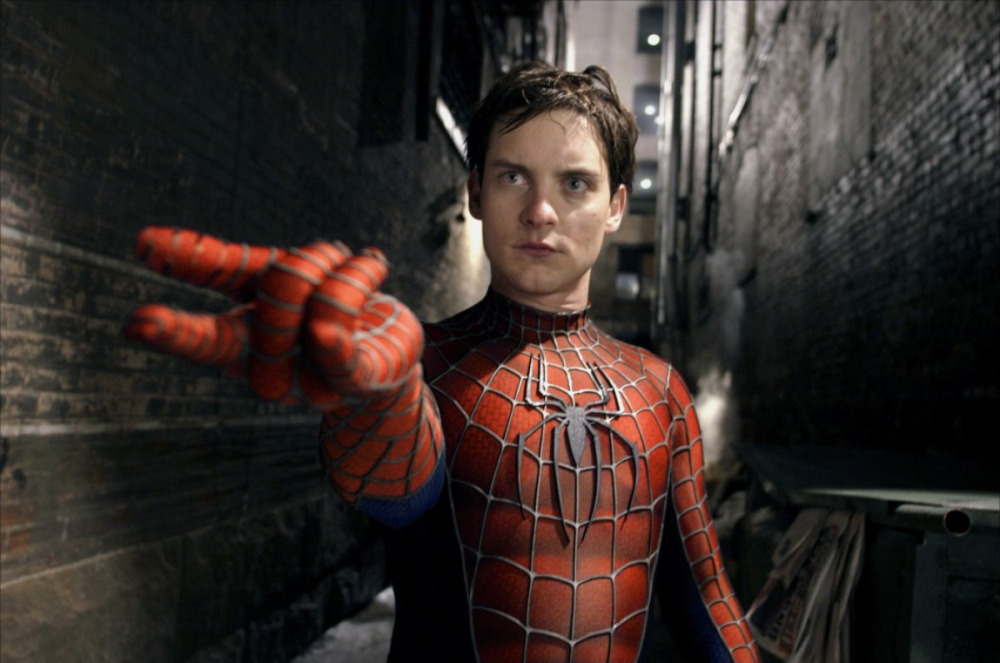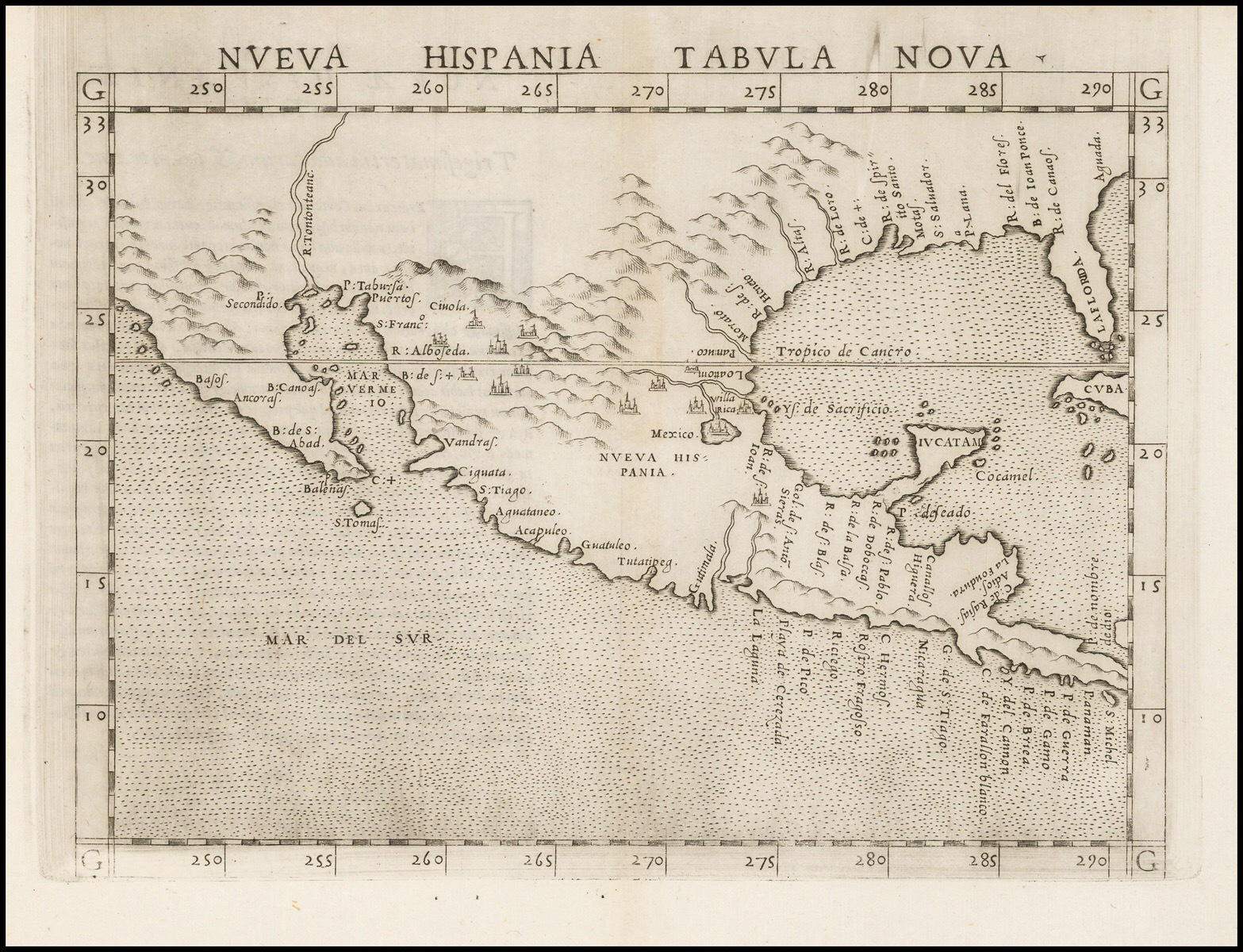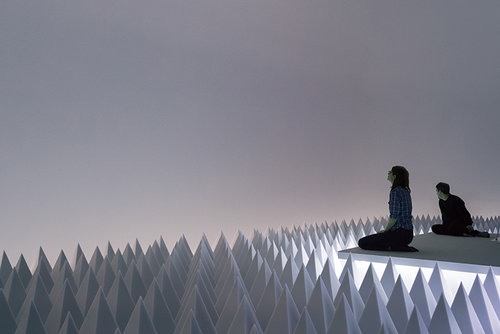
IDEA: A sensate impression of infinite space.
WHAT: For PSAD Synthetic Desert III (1971), Doug Wheeler has created an anechoic chamber that creates near-silent conditions. This silent is so present that any footfall, clothing rustle or stomach gurgle, even the sound of swallowing, registers as a kind of thundering violation.
Synthetic Desert is best experienced with as few extraneous sounds and distractions as possible, each visitation group is limited to five people. Timed tickets are required. Reserve tickets in advance. Walk-in tickets are available for select times.
WHY: The work altered the structure and configuration of a museum gallery in order to control optical and acoustic experience. He has transformed the room into a hermetic realm, a ‘semi-anechoic chamber’ designed to minimize noise and induce a sensate impression of infinite space. Wheeler likens this sensation of light and sound to the perception of vast space in the deserts of northern Arizona. While Synthetic Desert is deeply grounded in the artist’s experience of the natural world, the work does not describe the landscape. Its form is strictly abstract.
“I watched a great horned owl sitting on a saguaro cactus. And when it took off, it was just amazing. There was no sound, at least nothing I can describe as sound, but just a kind of almost imperceptible percussiveness in the air.” – Doug Wheeler in The New York Times
BY: Doug Wheeler at the Guggenheim Museum New York, who worked closely with Raj Patel and Joseph Digerness from Arup, a design firm that specializes in the acoustic properties of built space.
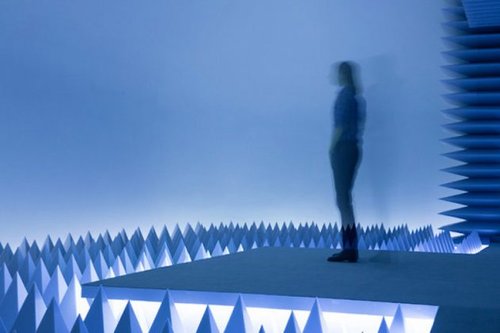
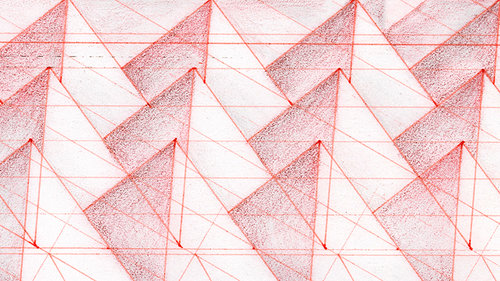
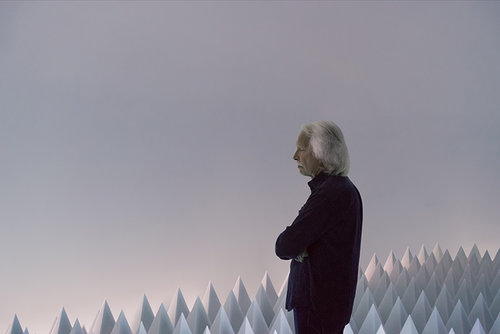
via SOLO Music Gallery

